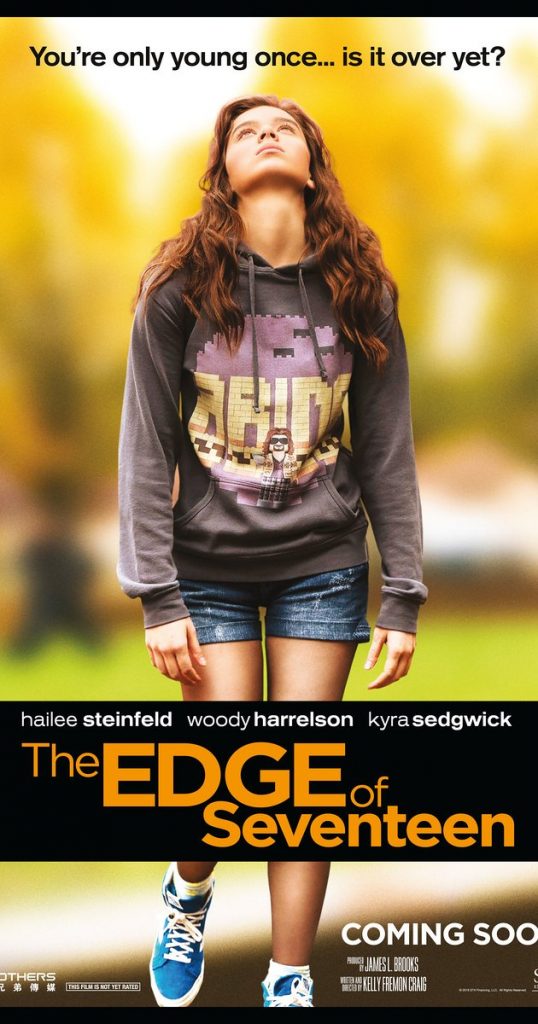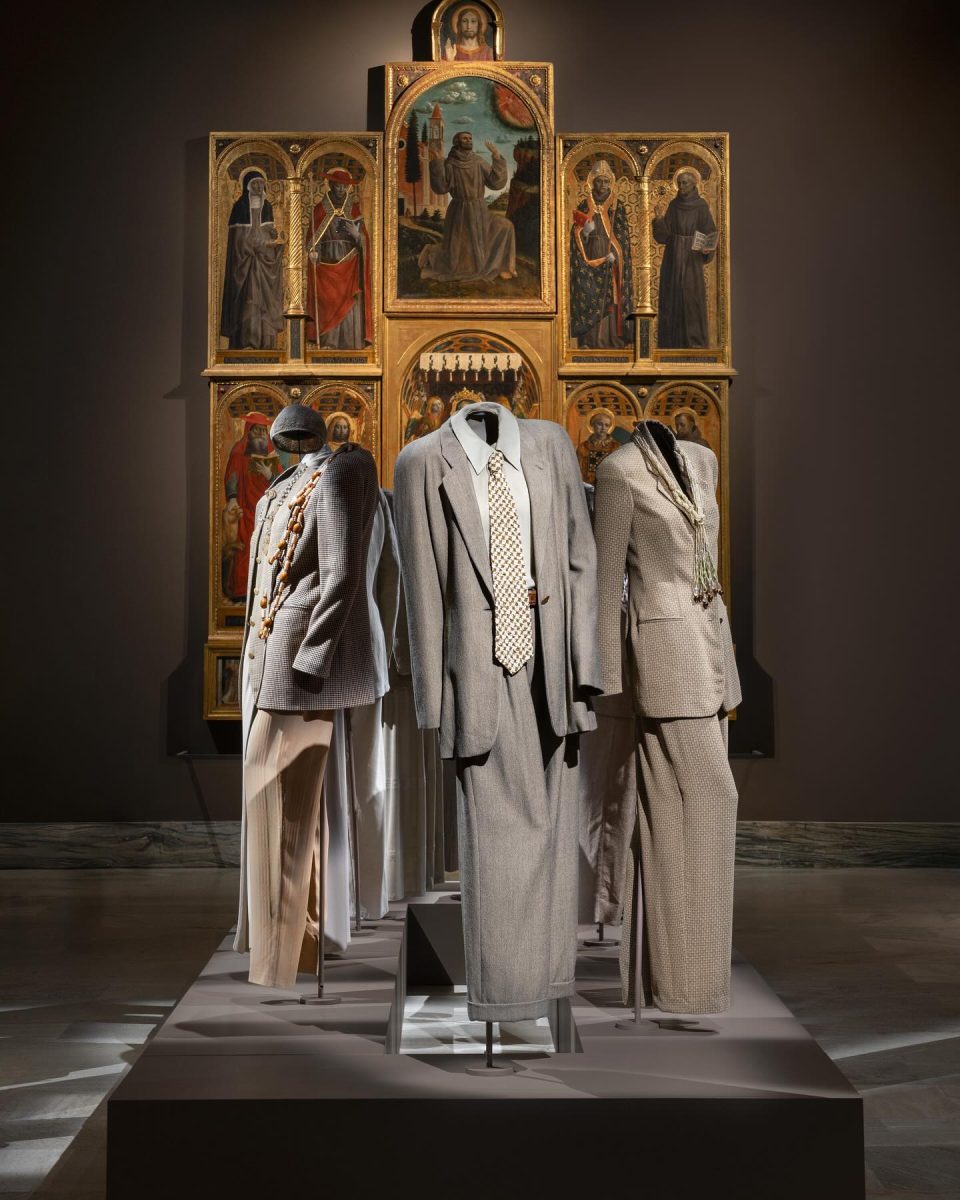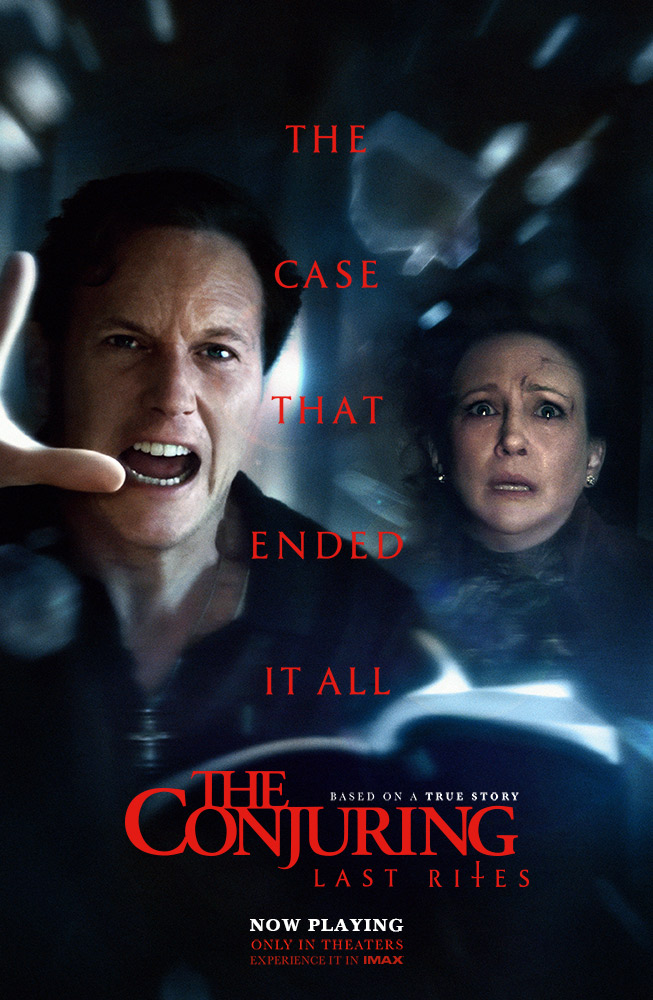Coming of age films take on many shapes and sizes. Typically, each film has a time period that it reflects.
Think about it, would a John Hughes film be as relevant to today’s teens? While the late director’s films are classic and practically timeless, there would be quite a bit lost in translation.
Technology and societal norms change, and with them, the struggle of the average teen changes, too. What really happens when a writer combines a coming of age story with today’s modern, technology-dependent youth?
“The Edge of Seventeen” answered this question.
“The Edge of Seventeen” centers around 17-year-old Nadine, portrayed by Hailee Steinfeld, who is introduced as she declares her intentions of suicide to a trusted teacher.
The film includes some background that led to this sensitive moment. The audience can see that a young Nadine is awkward and viewed as an outcast by her peers from an early age.
A short scene showing her mother idolizing her brother Darian in elementary school depicts not only her troublesome relationship with her mother, but also emphasizes how much her father understood her.
It was in the same flashback that Nadine’s only friend Krista was introduced.
In her early teen years, Nadine’s father died of a sudden heart attack, leaving her with her brother and her self-absorbed mother.
Years later, Nadine is still awkward, but now is pining for a boy recently released from juvie, though oblivious to the fact that another classmate is flirting with her, and is still friends with only Krista.
Long story short, while their mother is out of town, Darian and Nadine have friends over. After passing out in the bathroom, Nadine discovers Krista and Darian hooking up.
They eventually become an official couple, and Nadine feels lonelier than ever.
Throw in some fights with mom, an unexpected friendship and a sassy Woody Harrelson and the essential pieces of the plot are in place to deliver how Nadine grows from this troubling news.
With a 94 percent on Rotten Tomatoes and numerous other excellent reviews, it is clear that audiences liked “The Edge of Seventeen.”
Given its universally relatable nature, it’s a no-brainer that this film received positive feedback. One could easily pick out some aspect of the film that they could relate to.
From not being the favorite child in the family to being turned down by someone you really like, “The Edge of Seventeen” has something for everyone.
The cast also did a phenomenal job in bringing this story to life.
Steinfeld presented a Nadine that was so awkward it was hard not to feel sympathy for her.
Harrelson was the witty, yet caring teacher that exists in practically every school. Blake Jenner, Kyra Sedgwick, Haley Lu Richardson and Hayden Szeto round out the cast portraying characters that have probably been present in your life at some point in time.
Hands down this hysterical film gets two thumbs up; however, it should not even be considered in the same ballpark as John Hughes films as some reviewers suggested.
The only reason this film is good is because it uses the key elements outlined in various films before it. The fractured home life, the devastating dilemma, the bad boy, the nice boy and a wise teacher are not new elements, but the use of technology in these elements sets this film apart.
While it should not be praised as the greatest coming of age film of all time, it should be considered great for the simple fact that it produced something relevant to modern society.
While not all audiences can directly relate to accidentally sending a text to a crush or having a friend date a sibling, the film is still relatable for all. Full of hilarity, painfully awkward situations, and a youthful angst, “The Edge of Seventeen” is a must-see.
TAYLOR WOLFF
[email protected]








